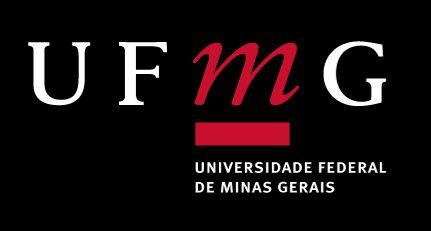Ensino-aprendizagem do saber religião em Geografia
DOI:
https://doi.org/10.35699/2237-549X.2021.24403Keywords:
Teaching-learning in Geography, Religion, Methodological strategiesAbstract
In view of the increasingly frequent innovations, the teaching-learning process should not occur only through lectures. This is because there are several methodological strategies available for the development of the educational process, with a view to understanding reality based on the students' experience. With this understanding, we aim to analyze the teaching-learning of religion knowledge in Geography, specifically, in the High School of public schools in the city of Caicó (RN). We defined the level of Basic Education for research, more precisely, High School, since it is at this level of education that the capacity for abstraction and symbolization by students must be considered. In addition, in high school there is a deepening of knowledge learned in elementary school, which makes it possible to approach the religious phenomenon in the teaching of Geography. Furthermore, we defined public high schools in the city of Caicó for research, considering the fact that this is the main urban center of the Seridó Potiguar region, and the educational procedures adopted in schools in that city end up influencing – directly or indirectly – those developed in schools in other municipalities seridenses. In addition, the production of the Caicó space was and is influenced by religion, a historical fact that can make the Geography teacher seek to contextualize the educational process through the relationship between space and religion. As a result of the investigation, we affirm the importance of working on the knowledge of religion in Geography, since religion and Geography have intrinsic relations, making it possible to analyze the production of geographical space through questions or religious aspects.
Downloads
References
ANASTASIOU, L. G. C.; ALVES, L. P. Estratégias de ensinagem. In: ANASTASIOU, L. G. C.; ALVES, L. P. (Org.) Processos de ensinagem na universidade: pressupostos para as estratégias de trabalho em aula. 3. ed. Joinville: Univille: 2004. p. 67-100.
BRASIL. Ministério da Educação. Base Nacional Comum Curricular. Brasília: MEC, 2018. Disponível em: <http://basenacionalcomum.mec.gov.br/>. Acesso em: 11 dez. 2018.
INSTITUTO BRASILEIRO DE GEOGRAFIA E ESTATÍSTICA (IBGE). Sistema IBGE de Recuperação Automática (SIDRA): território. Disponível em: <https://sidra.ibge.gov.br/territorio>. Acesso em 19 de março de 2016.
LIBÂNEO, J. C. Adeus professor, adeus professora? Novas exigências educacionais e profissionais docentes. São Paulo: Cortez, 2008.
LUCKESI, C. C. Avaliação da aprendizagem: componente do ato pedagógico. São Paulo: Cortez, 2011.
MORAIS, I. R. D. Seridó Norte-rio-grandense: uma geografia da resistência. Caicó: Edição do autor, 2005.
PETRUCCI, V. B. C.; BATISTON, R. R. Estratégias de ensino e avaliação de aprendizagem em contabilidade. In: PELEIAS, I. R. (Org.) Didática do ensino da contabilidade. São Paulo: Saraiva, 2006.
PIMENTA, S. G.; ANASTASIOU, L. G. C. Docência no ensino superior. São Paulo: Cortez, 2002.
PONTUSCHKA, N. N. O conceito de estudo do meio transforma-se... em tempos diferentes, em escolas diferentes, com professores diferentes. In: VESENTINI, J. W. (Org.) O ensino de Geografia no século XXI. Campinas: Papirus, 2004, p. 249-288.
POSSOLLI, G. E.; GUBERT, R. Portfólio como ferramenta metodológica e avaliativa. Paraná: Agrinho, 2014.
SALVADOR, D. S. C. O.; MACEDO, H. A. M.; MEDEIROS, L. T. A. Espaço e fé: abordagem histórico-geográfica do catolicismo em Caicó (RN). Espaço e Cultura, n. 42, p. 103-125, jul./dez. 2017.
SAVIANI, D. Pedagogia histórico-crítica: primeiras aproximações. 9º. ed. Campinas: Autores Associados, 2005.
Downloads
Published
Versions
- 2022-04-15 (2)
- 2021-07-02 (1)
How to Cite
Issue
Section
License
Copyright (c) 2021 Diego Salomão Candido de Oliveira Salvador, Roseane Richele de Medeiros

This work is licensed under a Creative Commons Attribution 4.0 International License.
Os artigos desta revista obedecem a licença Creative Commons — Attribution 4.0 International — CC BY 4.0









